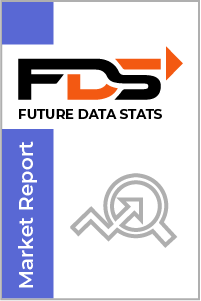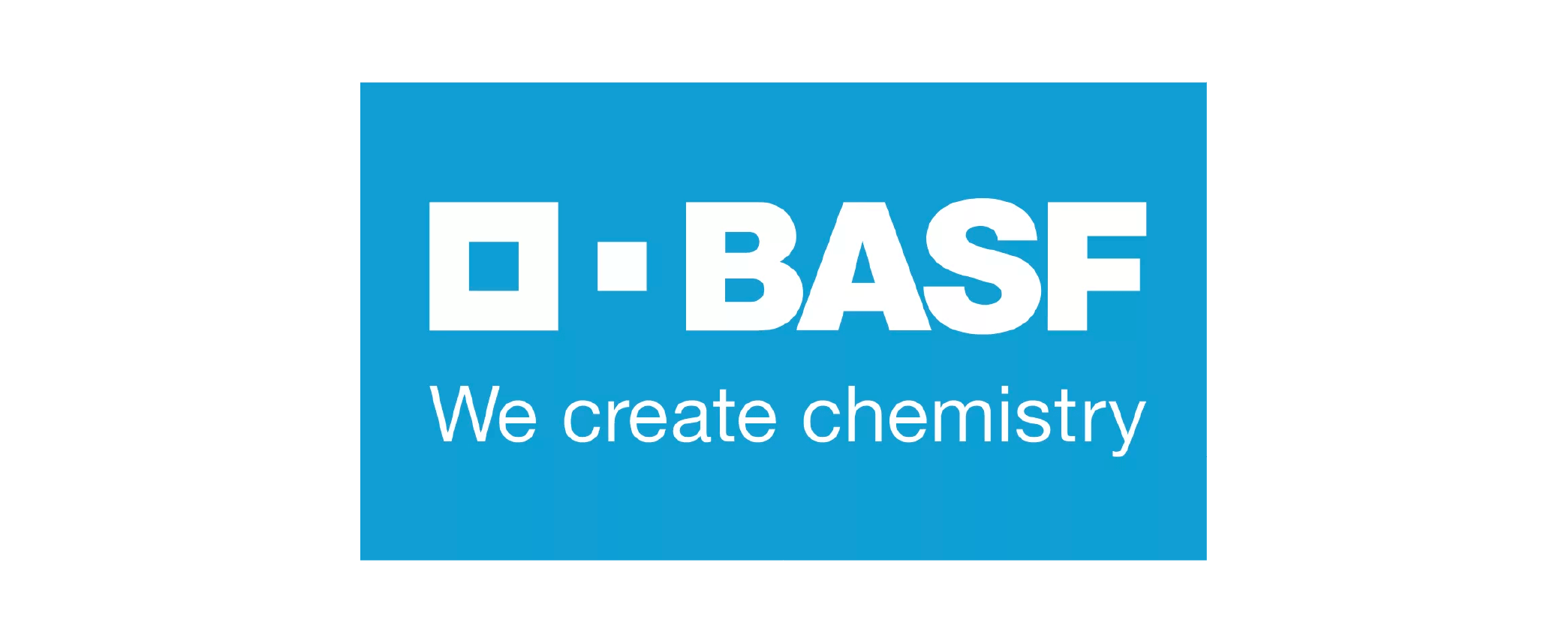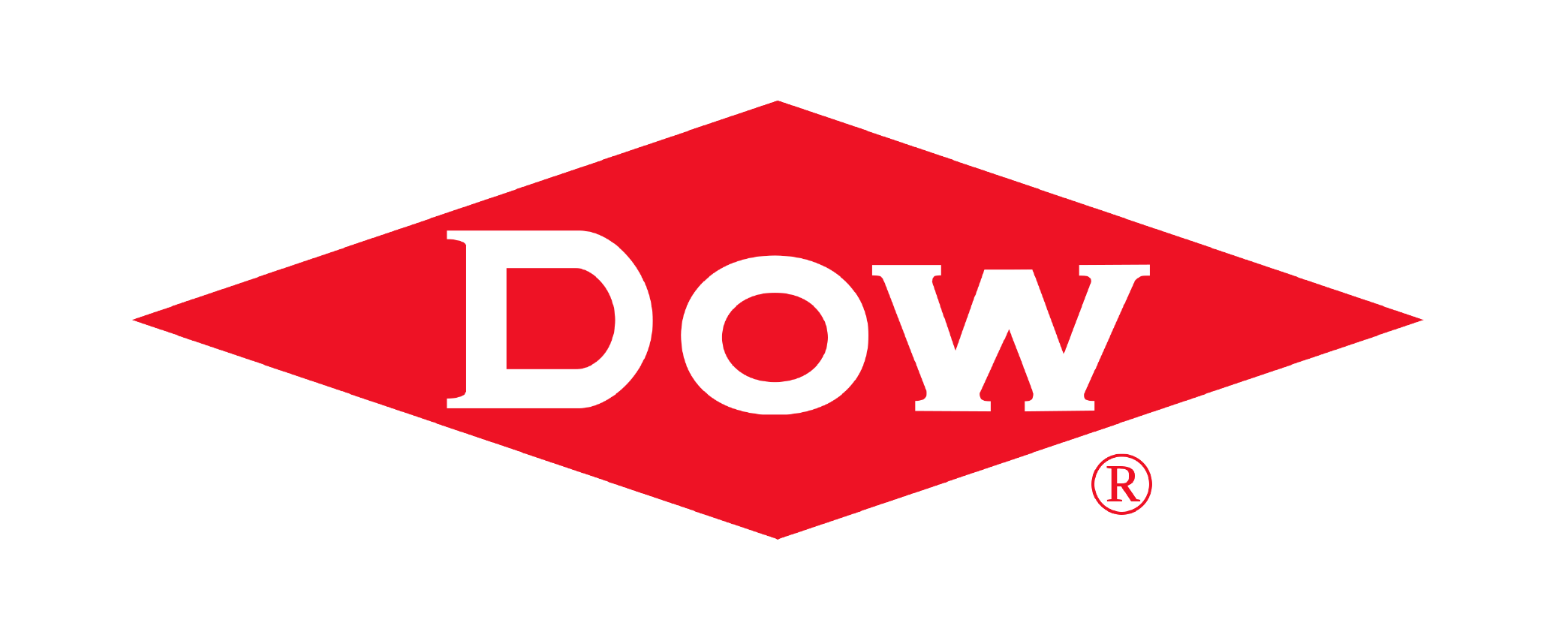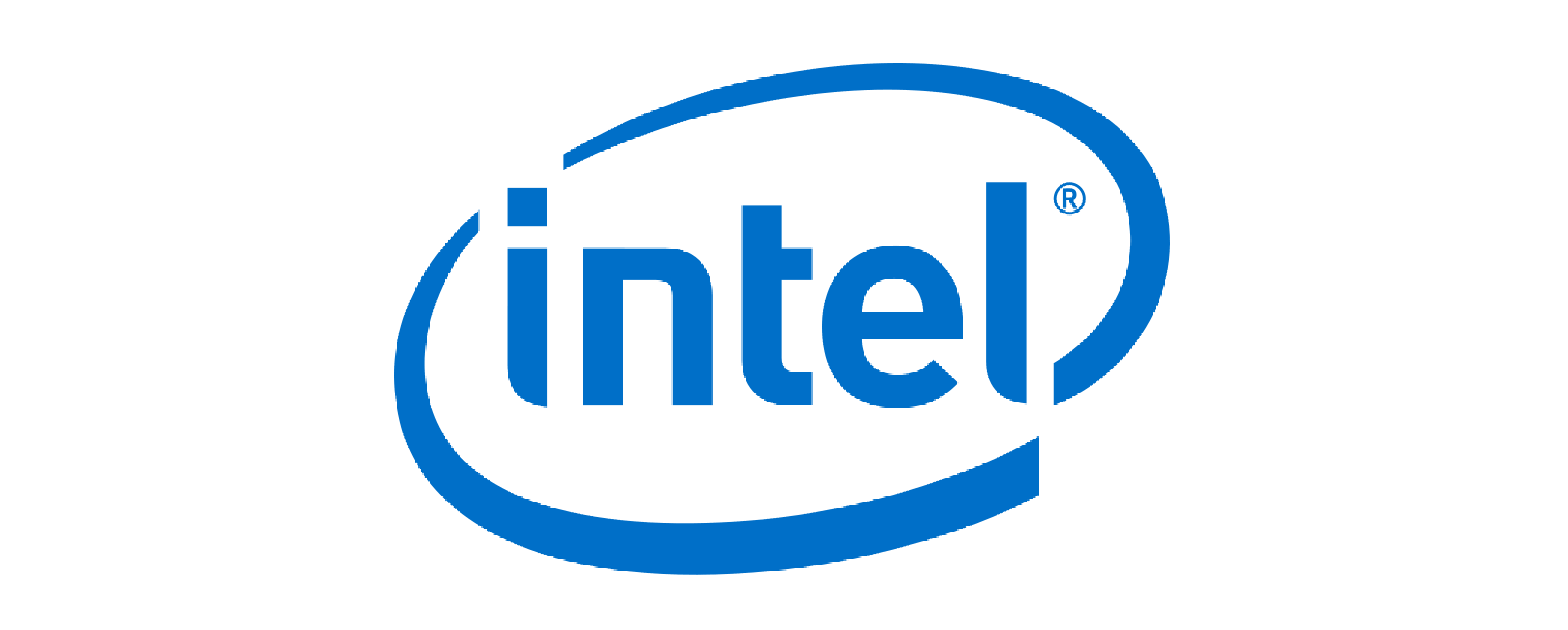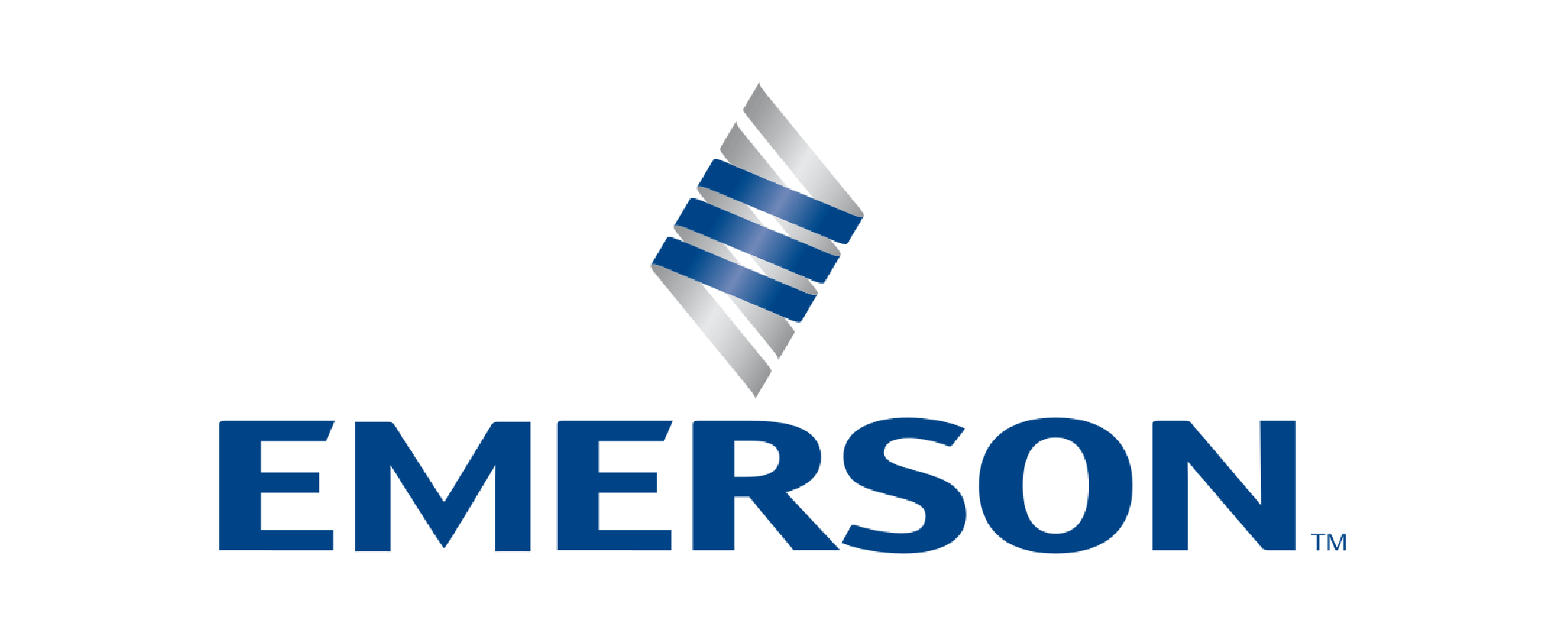Quality Management Software Market: table of contents
The global Quality Management Software Market size was valued at USD 14 Billion in 2024 and is projected to expand at a compound annual growth rate (CAGR) of 11% during the forecast period, reaching a value of USD 30 Billion by 2032.
The "Quality Management Software Market Research Report" by Future Data Stats presents a comprehensive analysis of the market landscape, drawing on historical data from 2021 to 2023 to uncover significant trends and growth trajectories. Establishing 2024 as the baseline year, the report delves into consumer behavior, competitive dynamics, and regulatory contexts that shape the industry. It goes beyond mere observation, offering a meticulously researched forecast that spans from 2025 to 2033. Utilizing advanced data analysis techniques, the report not only charts the market's growth path but also highlights emerging opportunities and anticipates potential challenges, equipping stakeholders with crucial insights to navigate the evolving market environment effectively.
MARKET OVERVIEW:
Quality Management Software (QMS) helps businesses maintain product consistency, compliance, and operational efficiency. It streamlines processes like document control, audit management, and corrective actions to ensure quality standards are met. Companies use QMS to reduce errors, improve productivity, and meet industry regulations. For market purposes, QMS provides real-time insights, risk management, and process automation to enhance decision-making. It supports various industries, including manufacturing, healthcare, and IT, by ensuring quality control and regulatory compliance. Businesses rely on QMS to improve customer satisfaction and maintain a competitive edge in the market.
MARKET DYNAMICS:
Companies are rapidly adopting cloud-based quality management software to enhance efficiency and compliance. The shift toward AI-driven analytics is transforming how organizations monitor and improve product quality. Businesses are integrating automation to streamline workflows, reduce errors, and ensure regulatory compliance. Additionally, real-time data insights are helping enterprises make informed decisions, driving higher operational standards. As industries such as healthcare, manufacturing, and automotive embrace digital transformation, the demand for scalable and customizable solutions continues to grow. Future advancements in quality management software will likely focus on predictive analytics and blockchain integration for enhanced traceability. Companies are exploring mobile-friendly platforms to improve accessibility and remote monitoring capabilities. Increasing regulatory requirements are also pushing organizations to invest in advanced compliance tools. Moreover, small and medium-sized enterprises are recognizing the benefits of digital quality management solutions, expanding the market further. As businesses prioritize customer satisfaction and operational excellence, innovative software solutions will play a crucial role in maintaining competitive advantage.
Companies recognize that implementing QMS solutions helps streamline processes, reduce defects, and improve overall product quality. The growing emphasis on regulatory requirements across various industries further drives the adoption of QMS, as organizations seek to minimize risks and ensure adherence to standards. Furthermore, advancements in technology, such as cloud computing and data analytics, empower businesses to leverage real-time insights, facilitating more informed decision-making. High implementation costs and resistance to change within organizations can slow the adoption of QMS solutions. Additionally, integrating these systems with existing processes often requires significant time and resources. However, these challenges also present opportunities for software developers to create user-friendly, cost-effective solutions that cater to diverse business needs. As organizations continue to focus on operational excellence and quality improvement, the demand for innovative QMS solutions is likely to rise, creating a vibrant market landscape.
QUALITY MANAGEMENT SOFTWARE MARKET SEGMENTATION ANALYSIS
BY TYPE:
Cloud-based Quality Management Software (QMS) is gaining traction due to its scalability and remote accessibility. Businesses prefer cloud solutions for seamless integration, automatic updates, and lower infrastructure costs. It allows organizations to manage quality processes efficiently across multiple locations, improving collaboration and real-time monitoring. On-premise QMS remains essential for companies requiring greater control over data security and system customization. Industries with strict regulatory requirements, such as healthcare and defense, rely on on-premise solutions for compliance. These systems offer stability and reliability, ensuring uninterrupted quality management operations.
Both cloud-based and on-premise QMS solutions drive market growth by catering to different business needs. Companies choose between these options based on security concerns, operational flexibility, and budget constraints. The demand for QMS continues to rise as industries prioritize efficiency, compliance, and product quality.
BY DEPLOYMENT MODE:
Large enterprises are driving demand for quality management software by prioritizing automation and compliance. These organizations require scalable solutions to manage complex workflows, ensuring consistency across multiple locations. Integration with existing enterprise systems enhances efficiency, making quality control more streamlined and data-driven. Small and medium-sized enterprises are increasingly adopting digital quality management tools to improve operations. Cost-effective and flexible solutions help SMEs maintain compliance without overwhelming resources. Cloud-based platforms are particularly appealing, offering easy implementation and lower upfront costs.
Both segments benefit from AI-driven analytics and real-time monitoring, which enhance decision-making. As regulatory requirements become stricter, businesses of all sizes are focusing on proactive quality management. The need for adaptable and scalable software continues to shape the market’s growth.
BY APPLICATION:
Businesses use document control in Quality Management Software (QMS) to organize, track, and secure critical records. It ensures accuracy, version control, and compliance with industry standards. Non-conformance tracking helps identify and resolve quality issues, preventing defects from affecting production and customer satisfaction. Corrective and Preventive Actions (CAPA) and audit management play a crucial role in maintaining process integrity. CAPA identifies root causes of defects and implements solutions, while audit management ensures compliance with internal and external standards. Supplier quality management helps businesses monitor vendor performance and maintain consistent product quality.
Risk and compliance management, complaint handling, and training management strengthen overall quality control. Risk and compliance tools help businesses mitigate potential issues and adhere to regulations. Complaint handling improves customer satisfaction by addressing concerns efficiently, while training management ensures employees follow quality standards and best practices.
BY INDUSTRY VERTICAL:
Healthcare providers rely on quality management software to ensure compliance with strict regulations and improve patient safety. Automated tracking and reporting help reduce errors, while real-time monitoring enhances efficiency. As digital transformation accelerates, hospitals and clinics are integrating advanced solutions to streamline processes. Manufacturing, automotive, and aerospace industries use quality management software to maintain product standards and regulatory compliance. Automation reduces defects, while AI-driven analytics optimize production efficiency. Companies are adopting predictive maintenance and real-time monitoring to enhance quality control and reduce operational risks.
Retail, food & beverages, pharmaceuticals, and energy sectors focus on quality management to maintain safety and customer trust. Digital solutions help track supply chains, prevent recalls, and ensure consistent product quality. As regulations evolve, businesses across these industries are investing in adaptable and scalable software solutions.
BY END-USER:
Enterprises rely on Quality Management Software (QMS) to maintain product consistency, improve efficiency, and meet industry standards. Large organizations use QMS to streamline compliance, manage risks, and enhance customer satisfaction. It helps businesses automate quality control processes, reducing errors and operational costs. Government organizations implement QMS to ensure regulatory compliance and maintain service quality. These agencies use QMS for audit management, document control, and risk mitigation. By standardizing processes, government bodies improve transparency, accountability, and overall efficiency in their operations.
Third-Party Administrators (TPAs) use QMS to manage quality assurance for multiple clients across different industries. They handle compliance requirements, track non-conformance issues, and oversee supplier quality. QMS enables TPAs to deliver consistent and reliable services while adhering to industry-specific regulations.
REGIONAL ANALYSIS:
North America leads the quality management software market as companies invest in advanced digital solutions to meet regulatory standards. The region’s strong presence of healthcare, manufacturing, and automotive industries drives demand for automated quality control systems. Businesses focus on AI-driven analytics and cloud-based platforms to improve efficiency and compliance. The United States plays a key role, with enterprises adopting scalable solutions to streamline operations and enhance product quality.
Asia Pacific is experiencing rapid growth as industries embrace digital transformation to maintain global competitiveness. Manufacturing hubs in China, India, and Japan are integrating quality management software to optimize production and reduce defects. Europe remains a strong market due to strict regulatory requirements, particularly in pharmaceuticals and aerospace. Meanwhile, Latin America and the Middle East & Africa are gradually increasing adoption, driven by expanding industrial sectors and the need for improved quality control solutions.
MERGERS & ACQUISITIONS:
- In February 2024: ABI Research reported that QMS vendors such as ComplianceQuest, Intellect, and Dot Compliance began integrating AI capabilities into their solutions, with significant announcements expected throughout 2024 and deployments starting in 2025.
- In June 2024: Smartsheet agreed to be acquired by Blackstone and Vista Equity Partners for $8.4 billion, indicating a resurgence in software buyouts.
- In August 2024: Foresight Group invested €5 million in Dublin-based Scorebuddy, a specialist in quality assurance for contact centers, to support its growth and expansion.
- In September 2024: Visibuild, a Melbourne-based software startup, raised $6.6 million from Skip Capital to enhance its real-time construction project management platform, which is extensively used in data center construction.
- In November 2024: SafetyCulture, an Australian workplace software company, reduced its annual loss and secured $75 million in new capital, aiming to incorporate artificial intelligence into its products to drive growth.
KEY MARKET PLAYERS:
- SAP
- Oracle
- Microsoft
- IBM
- Pilgrim Quality Solutions
- Sparta Systems
- EtQ
- Intelex
- Enovia
- Siemens
- Dassault Systèmes
- PTC
- Arena Solutions
- MasterControl
- TrackWise
- ComplianceQuest
- Veridian
- IQS, Inc.
- Executive Summary
- Introduction
- Market Definition
- Research Scope
- Research Methodology
- Market Dynamics
- Drivers
- Restraints
- Opportunities
- Challenges
- Quality Management Software Market Segmentation
- By Type
- By Deployment Mode
- By Application
- By Industry Vertical
- By End-User
- Competitive Landscape
- Key Players Overview
- Market Share Analysis
- Recent Developments
- Regional Analysis
- North America
- Europe
- Asia-Pacific
- Latin America
- Middle East & Africa
- Future Outlook and Trends
- Conclusion
- Appendix
- Research Methodology
- Data Sources
Quality Management Software Market Segmentation
By Type:
- Cloud-Based
- On-Premise
By Deployment Mode:
- Large Enterprises
- Small & Medium Enterprises (SMEs)
By Application:
- Document Control
- Non-Conformance Tracking
- Corrective and Preventive Actions (CAPA)
- Audit Management
- Supplier Quality Management
- Risk and Compliance Management
- Complaint Handling
- Training Management
By Industry Vertical:
- Healthcare
- Manufacturing
- Automotive
- Aerospace & Defense
- IT & Telecom
- Retail
- Food & Beverages
- Pharmaceuticals
- Energy & Utilities
By End-User:
- Enterprises
- Government Organizations
- Third-Party Administrators (TPAs)
By Geography:
- North America (USA, Canada, Mexico)
- Europe (UK, Germany, France, Italy, Spain, Rest of Europe)
- Asia-Pacific (China, Japan, South Korea, India, Rest of Asia-Pacific)
- South America (Brazil, Rest of South America)
- Middle East and Africa (GCC Countries, South Africa, Rest of MEA)
Key Reasons to Buy this Report
· Comprehensive Insights: This market research report provides in-depth and comprehensive insights into the industry, market trends, and key dynamics. The thorough data collection, analysis, and interpretation processes offer valuable information and a clear understanding of the market landscape.
· Future Predictions: The report includes detailed future data statistics, forecasts, and predictions based on rigorous analysis and modeling techniques. These insights can aid in making informed decisions and developing strategies that align with the projected market scenarios.
· Industry Analysis: The report offers a comprehensive industry analysis, including factors such as market size, market share, competitive landscape, and key players. This overview of the industry's current status, growth potential, and competitive dynamics can help identify lucrative opportunities.
· Market Trends and Opportunities: By purchasing this report, you gain access to up-to-date information on the latest market trends and emerging opportunities. This knowledge can help you identify potential growth areas and adapt your business strategies accordingly.
· Risk Mitigation: The report provides insights into potential risks, challenges, and barriers to entry in the market, enabling you to develop risk mitigation strategies and anticipate market fluctuations.
· Investment Decision Support: The reliable and data-driven information in this report can aid investors, venture capitalists, and financial institutions in their investment decision-making processes, helping evaluate market potential and expected returns.
· Product Development and Innovation: The insights into consumer preferences, needs, and demands can be leveraged for product development and innovation, leading to enhanced customer satisfaction and market success.
· Strategic Planning: The comprehensive market overview, competitive positioning, and growth potential information in this report can serve as a foundation for strategic planning, goal setting, and resource allocation.
· Market Entry and Expansion: For businesses looking to enter new markets or expand their operations, this report provides valuable insights into market dynamics, consumer behavior, regulatory frameworks, and competitive landscapes, supporting informed decision-making.
· Evidence-Based Decision Making: The data-driven analysis and insights in this report can enable you to make informed decisions, reducing the risk of costly mistakes and increasing the likelihood of achieving your business objectives.
RESEARCH METHODOLOGY
With a collective industry experience of about 70 years of analysts and experts, Future Data Stats encompasses the most infallible research methodology for its market intelligence and industry analysis. Not only does the company dig deep into the innermost levels of the market, but also examines the minutest details for its market estimates and forecasts.
This approach helps build a greater market-specific view of size, shape, and industry trends within each industry segment. Various industry trends and real-time developments are factored into identifying key growth factors and the future course of the market. The research proceeds are the results of high-quality data, expert views & analysis, and valuable independent opinions. The research process is designed to deliver a balanced view of the global markets and allows stakeholders to make informed decisions, to attain their highest growth objectives.
Future Data Stats offers its clients exhaustive research and analysis, based on a wide variety of factual inputs, which largely include interviews with industry participants, reliable statistics, and regional intelligence. The in-house industry experts play an instrumental role in designing analytic tools and models, tailored to the requirements of a particular industry segment. These analytical tools and models distill the data & statistics and enhance the accuracy of our recommendations and advice.
With Future Data Stats calibrated research process and 360° data-evaluation methodology, the clients receive:
· Consistent, valuable, robust, and actionable data & analysis that can easily be referenced for strategic business planning
· Technologically sophisticated and reliable insights through a well-audited and veracious research methodology
· Sovereign research proceeds that present a tangible depiction of the marketplace
· With this strong methodology, Future Data Stats ensures that its research and analysis is most reliable and guarantees sound business planning.
The research methodology of the global market involves extensive primary and secondary research. Primary research includes about 24 hours of interviews and discussions with a wide range of stakeholders that include upstream and downstream participants. Primary research typically is a bulk of our research efforts, coherently supported by extensive secondary research. Over 3000 product literature, industry releases, annual reports, and other such documents of key industry participants have been reviewed to obtain a better market understanding and gain enhanced competitive intelligence. In addition, authentic industry journals, trade associations' releases, and government websites have also been reviewed to generate high-value industry insights.
Primary Research:
· Identify key opinion leaders
· Questionnaire design
· In-depth Interviews
· Coverage across the value chain
Desk Research:
· Company Website
· Company Annual Reports
· Paid Databases
· Financial Reports
Company Analysis:
· Market Participants
· Key Strengths
· Product Portfolio
· Mapping as per Value Chain
· Key focus segment
Primary research efforts include reaching out to participants through emails, telephonic conversations, referrals, and professional corporate relations with various companies that make way for greater flexibility in reaching out to industry participants and commentators for interviews and discussions.
The aforementioned helps to:
· Validate and improve data quality and strengthen the research proceeds
· Develop a market understanding and expertise
· Supply authentic information about the market size, share, growth, and forecasts
The primary research interview and discussion panels comprise experienced industry personnel, including Chief executives and VPs of leading corporations specific to an industry, Product and sales managers or country heads, Channel partners & top-level distributors, and Banking, investments, and valuation experts.
Secondary Research:
A broad array of industry sources for the secondary research typically includes, but is not limited to:
· Company SEC filings, annual reports, company websites, broker & financial reports, and investor presentations for a competitive scenario and shape of the industry
· Patent and regulatory databases to understand technical & legal developments
· Scientific and technical writings for product information and related preemptions
· Regional government and statistical databases for macro analysis
· Authentic news articles, web-casts, and other related releases to evaluate the market
· Internal and external proprietary databases, key market indicators, and relevant press releases for market estimates and forecasts
Analyst Tools and Models:
Bottom-up Approach:
· Arriving at Global Market Size
· Arriving at Regional/Country Market Size
· Market Share of Key Players
Top-down Approach:
· Key Market Players
· Market Share of Key Players
· Arriving at Regional/Country Market Size
· Arriving at Global Market Size
Quality Management Software Market Dynamic Factors
Drivers:
- Businesses focus on improving quality control and regulatory compliance.
- Demand for automation and digital transformation rises.
- Cloud-based QMS adoption increases due to flexibility and cost savings.
- Stringent industry regulations push companies to implement QMS.
- Growing need for real-time data analytics and reporting.
Restraints:
- High implementation and maintenance costs challenge small businesses.
- Integration issues with legacy systems slow adoption.
- Data security concerns hinder cloud-based QMS adoption.
- Lack of skilled professionals limits efficient system usage.
Opportunities:
- Advancements in AI and machine learning enhance QMS capabilities.
- Expanding adoption in emerging industries and small enterprises.
- Rising demand for mobile-friendly and remote-accessible QMS solutions.
- Growth in supplier quality management solutions boosts market expansion.
Challenges:
- Ensuring compliance with constantly evolving regulations.
- Managing change resistance within organizations.
- Maintaining data accuracy and security in cloud-based systems.
- Addressing customization needs for diverse industry requirements.
Quality Management Software Market Regional Key Trends Analysis
North America:
- Rapid adoption of AI-driven analytics for quality control
- Strong focus on cloud-based compliance management solutions
- Increasing integration with enterprise resource planning (ERP) systems
Europe:
- Strict regulatory compliance driving demand for automated solutions
- Growing adoption of blockchain for traceability and quality assurance
- Expansion of digital quality management in pharmaceuticals and aerospace
Asia Pacific:
- Rising adoption of AI-powered quality inspection in manufacturing
- Strong demand for cloud-based solutions among small and medium enterprises
- Increasing focus on predictive maintenance and real-time monitoring
Latin America:
- Expanding industrial sectors driving adoption of digital quality tools
- Growing investment in cloud-based and cost-effective quality management systems
- Rising awareness of regulatory compliance in food and beverage industries
Middle East & Africa:
- Adoption of quality management software in energy and utilities sector
- Increasing focus on supply chain transparency and product safety
- Gradual shift toward digital transformation in healthcare and manufacturing industries
Frequently Asked Questions
